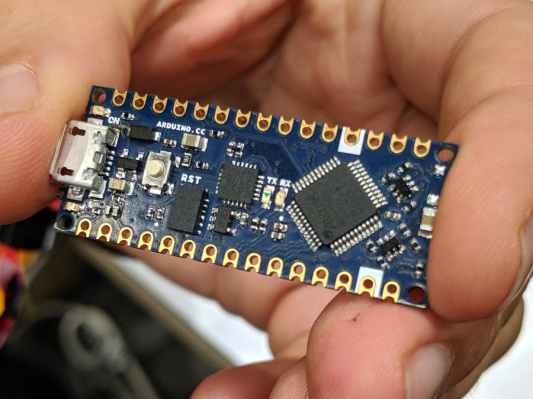The latest embedded software technology moves hardware into an almost magical realm
Aluminum and iconography are no longer enough for a product to get noticed in the marketplace. Today, great products need to be useful and deliver an almost magical experience, something that becomes an extension of life. Tiny Machine Learning (TinyML) is the latest embedded software technology that moves hardware into that almost magical realm, where machines can automatically learn and grow through use, like a primitive human brain.
Until now building machine learning (ML) algorithms for hardware meant complex mathematical modes based on sample data, known as “training data,” in order to make predictions or decisions without being explicitly programmed to do so. And if this sounds complex and expensive to build, it is. On top of that, traditionally ML-related tasks were translated to the cloud, creating latency, consuming scarce power and putting machines at the mercy of connection speeds. Combined, these constraints made computing at the edge slower, more expensive and less predictable.
But thanks to recent advances, companies are turning to TinyML as the latest trend in building product intelligence. Arduino, the company best known for open-source hardware is making TinyML available for millions of developers. Together with Edge Impulse, they are turning the ubiquitous Arduino board into a powerful embedded ML platform, like the Arduino Nano 33 BLE Sense and other 32-bit boards. With this partnership you can run powerful learning models based on artificial neural networks (ANN) reaching and sampling tiny sensors along with low-powered microcontrollers.
Over the past year great strides were made in making deep learning models smaller, faster and runnable on embedded hardware through projects like TensorFlow Lite for Microcontrollers, uTensor and Arm’s CMSIS-NN. But building a quality dataset, extracting the right features, training and deploying these models is still complicated. TinyML was the missing link between edge hardware and device intelligence now coming to fruition.
